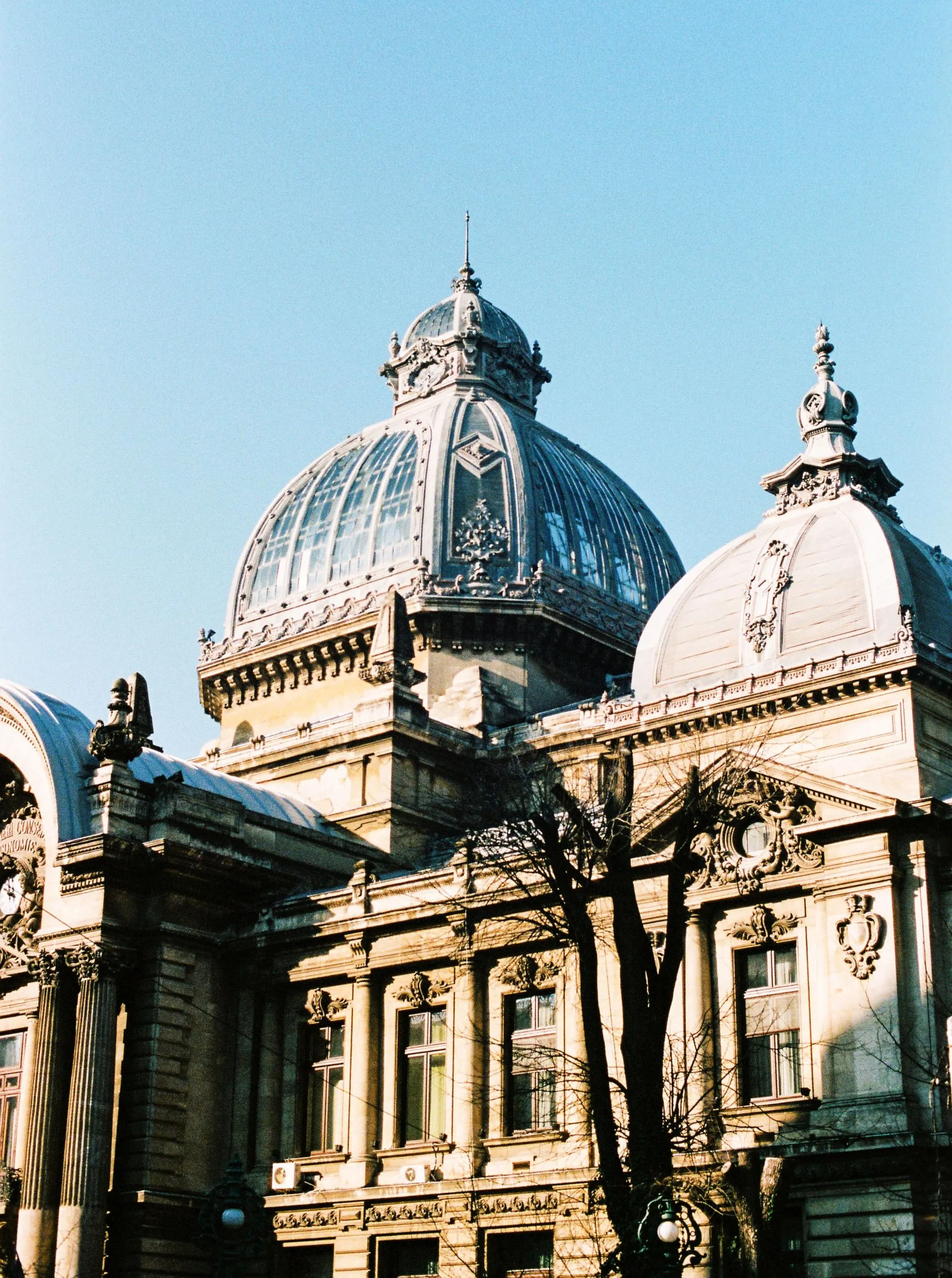
Start Planning
Bucharest
Explore experiences and landmarks and plan your next tour to Bucharest

Museum of the Romanian Peasant

Old Town (Lipscani)

Romanian Athenaeum

Palace of the Parliament

Stavropoleos Monastery

Carol Park

Arch of Triumph

Cismigiu Gardens

Herastrau Park

National Museum of Art of Romania